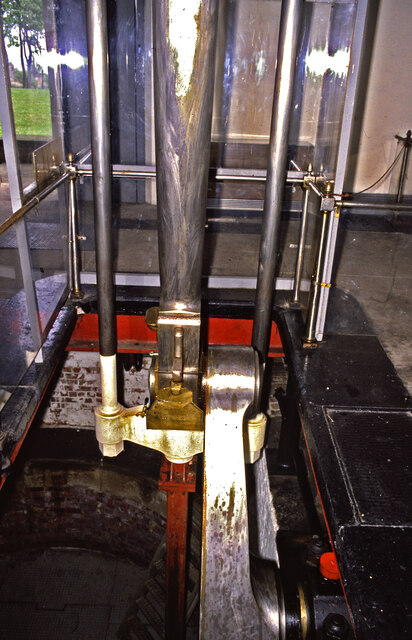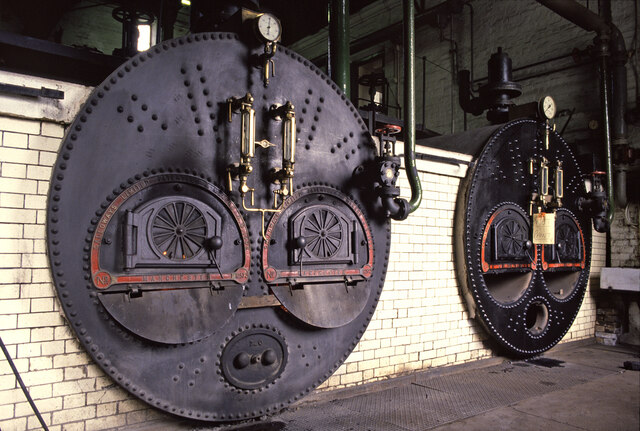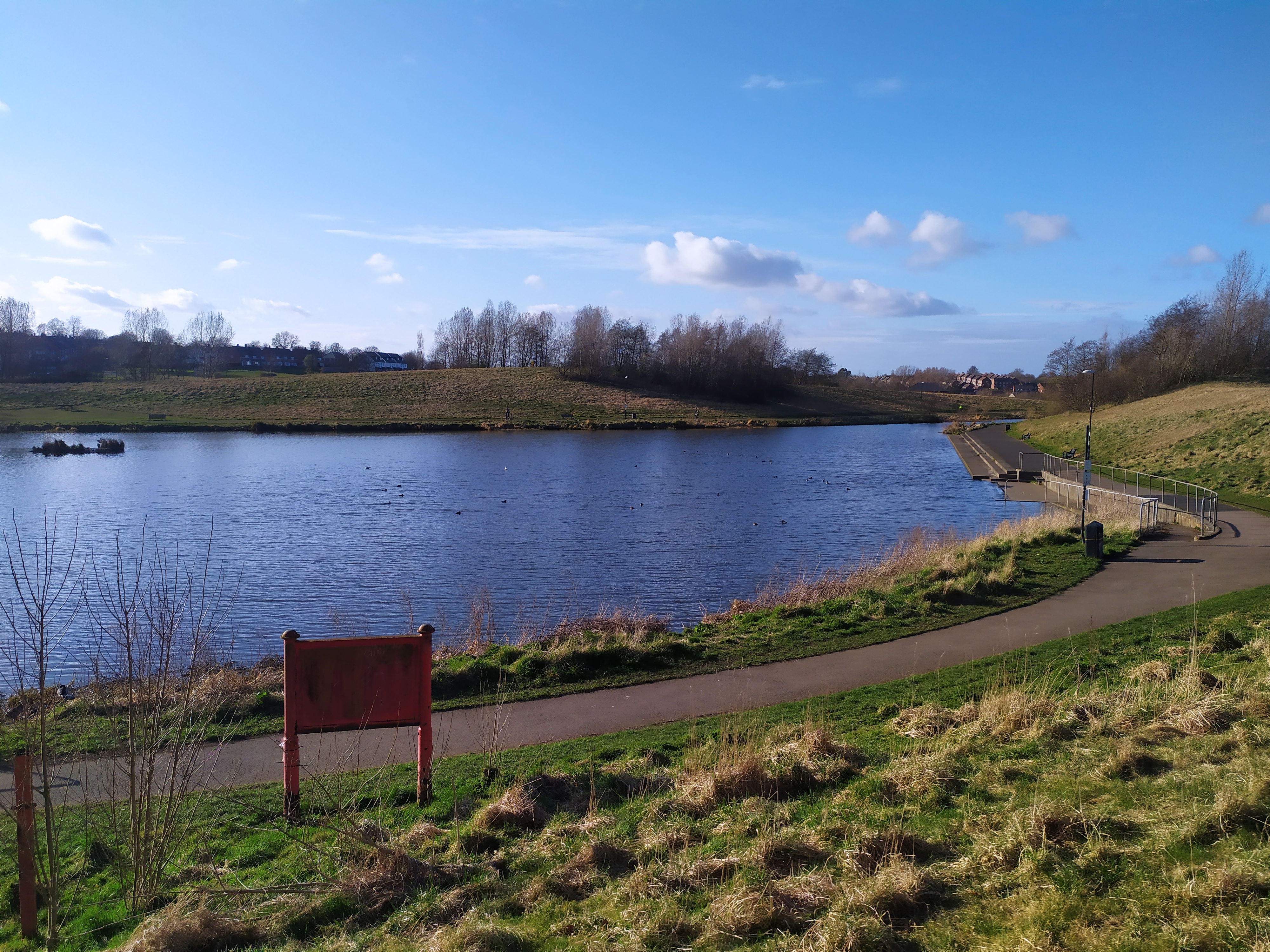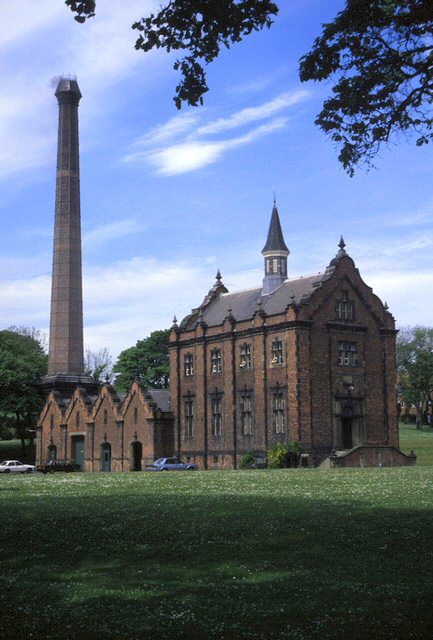Burdon
Civil Parish in Durham Sunderland
England
Burdon

Burdon is a civil parish located in the county of Durham, in the northeast of England. It is situated approximately 6 miles south of Sunderland and 5 miles northeast of Durham city center. The parish covers an area of around 4 square miles and is predominantly a rural area with a small population.
Burdon is surrounded by beautiful countryside, characterized by rolling hills and open fields. The landscape is dotted with farms and scattered residential properties, giving the area a peaceful and idyllic atmosphere. The parish is known for its natural beauty and is popular among nature enthusiasts, offering plenty of opportunities for outdoor activities such as walking, cycling, and birdwatching.
The centerpiece of Burdon is Burdon Hall, a historic country house that dates back to the 18th century. The hall is set amidst well-maintained gardens and is a prominent landmark in the area. It has been refurbished and converted into private residences, adding to the charm of the parish.
Although Burdon is predominantly rural, it benefits from its proximity to nearby towns and cities. The city of Durham, with its rich history and cultural attractions, is easily accessible, providing residents with a range of amenities and services. Sunderland, a thriving coastal city, is also within reach, offering further opportunities for leisure, shopping, and employment.
Overall, Burdon is a picturesque and peaceful civil parish that combines the tranquility of rural living with the convenience of nearby urban centers. It is a desirable location for those seeking a quiet countryside lifestyle while still having access to essential amenities.
If you have any feedback on the listing, please let us know in the comments section below.
Burdon Images
Images are sourced within 2km of 54.854776/-1.39736 or Grid Reference NZ3851. Thanks to Geograph Open Source API. All images are credited.












Burdon is located at Grid Ref: NZ3851 (Lat: 54.854776, Lng: -1.39736)
Administrative County: Tyne and Wear
District: Sunderland
Police Authority: Northumbria
What 3 Words
///dices.teach.saves. Near Ryhope, Tyne & Wear
Nearby Locations
Related Wikis
Burdon
Burdon is a village and civil parish in the City of Sunderland in Tyne and Wear, England. It is south of the city centre. The north-west of the parish...
Old Burdon
Old Burdon is a village in County Durham, England.
Cherry Knowle Hospital
Cherry Knowle Hospital was a mental health facility in Ryhope, Tyne and Wear, England. It was managed by the South of Tyne and Wearside Mental Health NHS...
Seaton, County Durham
Seaton is a village in County Durham, in England. It is on the A19 road south of Sunderland. It is located approximately 2 miles west of Seaham The village...
Doxford Park
Doxford Park (known locally as Doxy Park) is a suburb of Sunderland, Tyne and Wear, located to the south-west of the city centre. Once part of the historical...
New Silksworth
Silksworth is a suburb of the City of Sunderland, Tyne and Wear. The area can be distinguished into two parts, old Silksworth, the original village and...
Ryhope Engines Museum
The Ryhope Engines Museum is a visitor attraction in the Ryhope suburb of Sunderland, Tyne and Wear, England. The Grade II* listed building is a popular...
Ryhope Colliery Welfare F.C.
Ryhope Colliery Welfare Football Club were an association football club based in Ryhope, Sunderland, in England. == History == The club was founded by...
Nearby Amenities
Located within 500m of 54.854776,-1.39736Have you been to Burdon?
Leave your review of Burdon below (or comments, questions and feedback).









